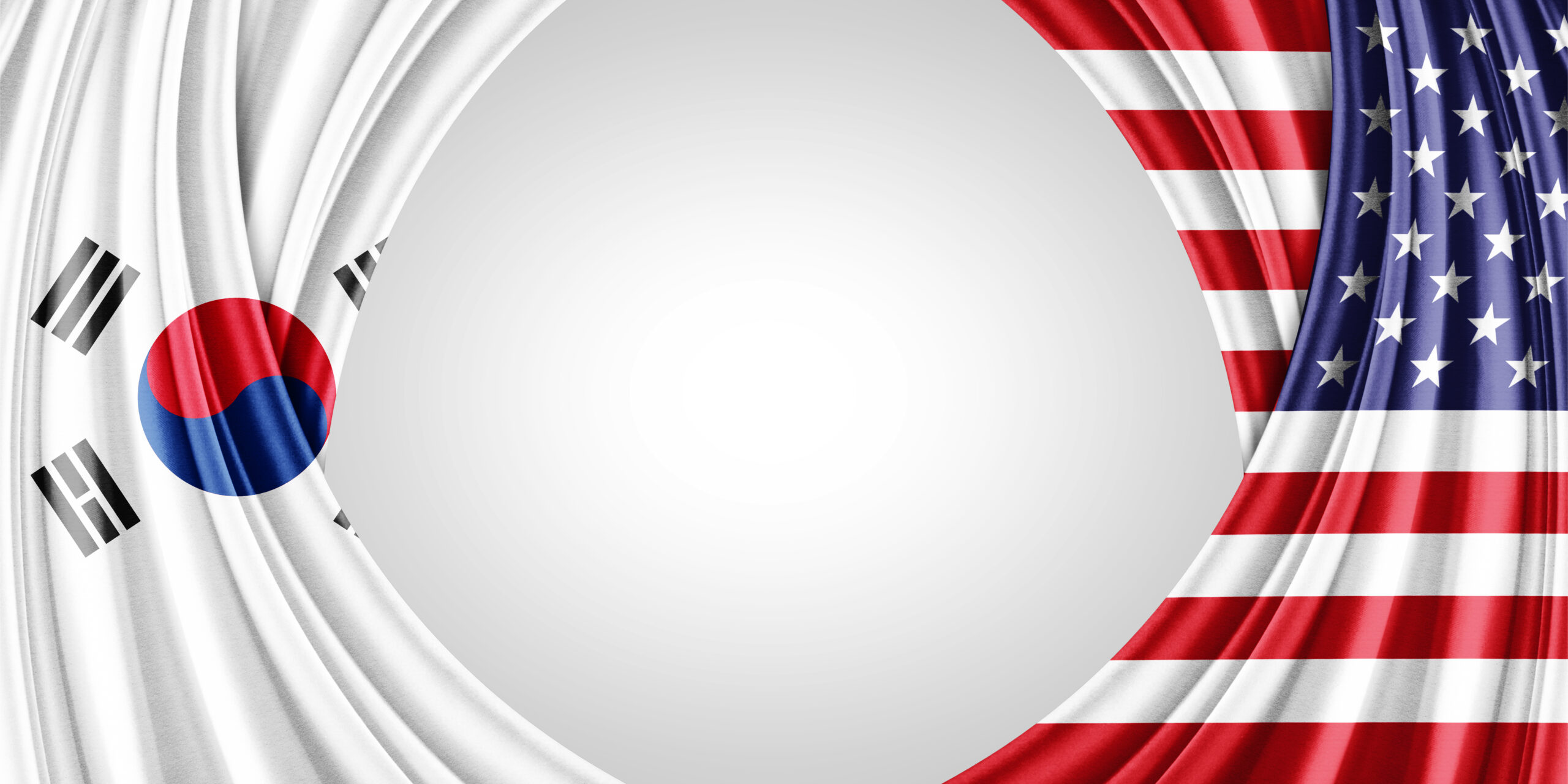South Korea’s energy policy under President Lee Jae-myung is poised for significant transformation, as the new administration seeks to balance pragmatic diplomacy with domestic energy needs. This shift comes amid a promise to prioritize national interests over ideological conformity, particularly in the energy sector. President Lee’s approach has already sparked discussions on the future of nuclear energy, renewable expansion, and international energy diplomacy.
The announcement comes as South Korea aims to position itself as a leader in global energy markets. A critical early move was the nomination of Kim Sung-hwan as Minister of Environment, a role that will merge into the newly formed Ministry of Climate and Energy. Kim, a staunch advocate for a “nuclear phase-out,” underscores Lee’s commitment to letting environmental imperatives shape energy policy.
Contradictory Appointments and Nuclear Ambivalence
However, the clarity of Lee’s energy vision was quickly muddied by the appointment of Kim Jung-kwan, head of Doosan Enerbility, as Minister of Trade, Industry, and Energy. Doosan Enerbility is a key player in South Korea’s nuclear renaissance, raising questions about the administration’s true energy priorities. This duality reflects a broader contradiction: South Korea aims to reduce nuclear power domestically while promoting its nuclear technology abroad.
In April, Korea Hydro & Nuclear Power secured a contract to build two APR-1000 reactors in the Czech Republic. This deal not only marked a sales triumph but also enhanced South Korea’s diplomatic standing as an alternative to Russia and China in global nuclear markets. However, such successes hinge on strategic cooperation with the United States under the 123 Agreement, highlighting the interconnectedness of domestic policy and international diplomacy.
Domestic Energy Strategy: Vision Versus Reality
Domestically, Lee’s energy strategy remains anchored in his campaign promise of an “energy highway,” which envisions a smart, resilient infrastructure blending green energy with digital technologies. This vision aims to modernize South Korea’s energy system through integrated renewables, storage, grid reform, and digital innovation. Yet, the realization of this vision requires institutional confidence and clear mandates, elements that are still developing within the new ministry.
At the G7 summit, Lee emphasized energy security, supply chain stability, and AI integration into the energy ecosystem. He pledged to build a “stable, economical, and reliable energy system” and deepen cooperation on critical mineral supply chains and AI-driven grid resilience. While these commitments signal ambition, they also highlight the need for concrete domestic alignment and policy follow-through.
Pragmatism Versus Principle: The Need for Clarity
This is where pragmatism risks becoming paralysis. Energy systems demand long-term clarity on nuclear energy, renewables, and energy digitalization. A ministry dominated by environment-first governance, while noble, must avoid stifling innovation or slowing critical supply-chain development. Minister Kim’s leadership may prioritize decarbonization, but without clear targets for nuclear or renewables capacity, the policy mix risks imbalance.
“Ambition abroad requires conviction at home. Similarly, renewables and increased reliance on fossil fuels cannot fill the gap if nuclear energy is sidelined without viable alternatives.”
The Czech deal offers a model for a coherent energy strategy, demonstrating how domestic capability, export diplomacy, and allied cooperation can align. For South Korea to replicate this success, it needs a consistent narrative of new domestic projects, stable regulatory frameworks, and clear positioning within the Western nuclear export regime.
Future Prospects and Strategic Conviction
If the Lee government hesitates to support domestic new builds, including Small Modular Reactors (SMRs), or signals complacency about nuclear energy, foreign buyers may perceive a lack of resolve. This impression could be reinforced by the recent decision to dismantle the Kori-1 reactor, South Korea’s oldest commercial nuclear unit, which ceased operations in 2017. On June 25, the Nuclear Safety and Security Commission approved the decommissioning plan, marking South Korea’s first full-scale nuclear dismantlement.
Future successes in regions like the Middle East, Europe, or Southeast Asia will demand the same convergence of domestic competence, diplomatic credibility, and allied coordination. President Lee’s vision of pragmatic diplomacy has potential, but it must evolve into principle. Energy leadership requires more than balanced rhetoric; it demands long-term consistency, institutional clarity, and strategic conviction. Without these elements, South Korea risks forfeiting its hard-earned leadership—not due to a lack of ambition, but due to a failure of alignment.
